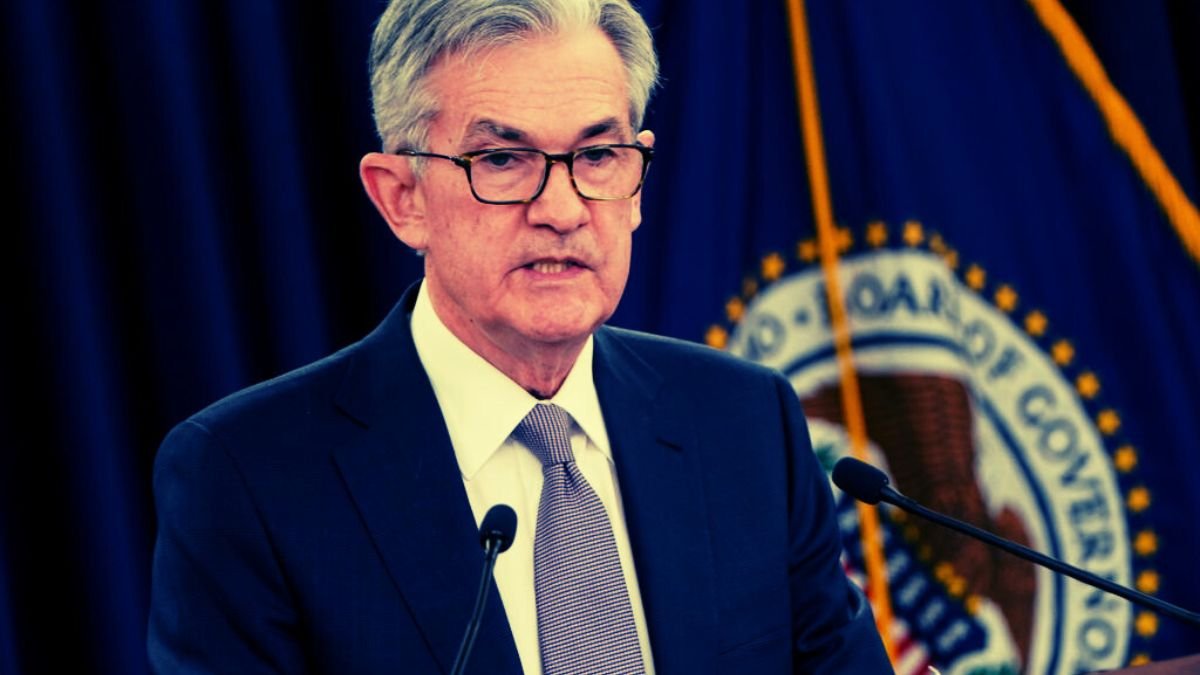
The Federal Reserve’s board of governors announced on Friday the termination of a two-year-old program specifically designed to oversee the burgeoning sectors of cryptocurrency and financial technology. These innovative financial activities will now fall under the Fed’s traditional supervisory process, a move that suggests a maturation in the central bank’s understanding of the evolving digital asset landscape.
In a statement from its Washington, D.C. headquarters, the Fed explained, “The Board has strengthened its understanding of those activities, related risks, and bank risk management practices. As a result, the Board is integrating that knowledge and the supervision of those activities back into the standard supervisory process and is rescinding its 2023 supervisory letter creating the program.”
The “novel activities” supervision program was established in 2023 to ensure the Federal Reserve’s regulatory framework could keep pace with the rapid advancements in financial technology. This included the rise of cryptocurrencies and intricate tech-driven partnerships that more deeply integrate non-bank entities into the financial services ecosystem. At the time of its inception, the Fed acknowledged the unique challenges posed by these new activities. A 2023 memo from the central bank stated, “Given the novelty of these activities, they may create unique questions around their permissibility, may not be sufficiently addressed by existing supervisory approaches, and may raise concerns for the broader financial system.”
The program targeted a range of activities, including crypto-asset custody, crypto-collateralized lending, and the issuance of stablecoins. It also monitored banks’ partnerships with non-bank entities that utilized application programming interfaces (APIs) to deliver financial services.
The decision to end the specialized program aligns with the views of Fed Governor Michelle Bowman, who was sworn in as the new vice chair for supervision this spring. Bowman has committed to taking a “fresh look” at the Fed’s role as a bank regulator and has emphasized the importance of being receptive to innovation. “Regulators must be open to innovation in the banking system,” she stated in a February speech, prior to assuming her new role. In more recent remarks, Bowman has continued to advocate for a regulatory framework that allows for responsible innovation to thrive.
The integration of crypto and fintech oversight into the standard supervisory process could be interpreted in several ways. On one hand, it may signal that regulators no longer view these activities as exceptionally risky or experimental, potentially encouraging more traditional financial institutions to engage with the digital asset sector. This could improve access to banking services for crypto firms, exchanges, and blockchain projects. Conversely, some critics express concern that without the focused attention of a specialized program, emerging risks in the fast-paced world of decentralized finance and complex custody solutions might be overlooked.
This move by the Fed is also seen by some as part of a broader trend among U.S. financial regulators to consolidate and streamline oversight of the digital asset industry. It follows the withdrawal of certain crypto-related advisory statements by the FDIC and the Fed earlier in the year. Ultimately, this shift in the Federal Reserve’s approach indicates a growing confidence in the ability of both regulators and financial institutions to manage the risks associated with financial innovation within existing frameworks.





